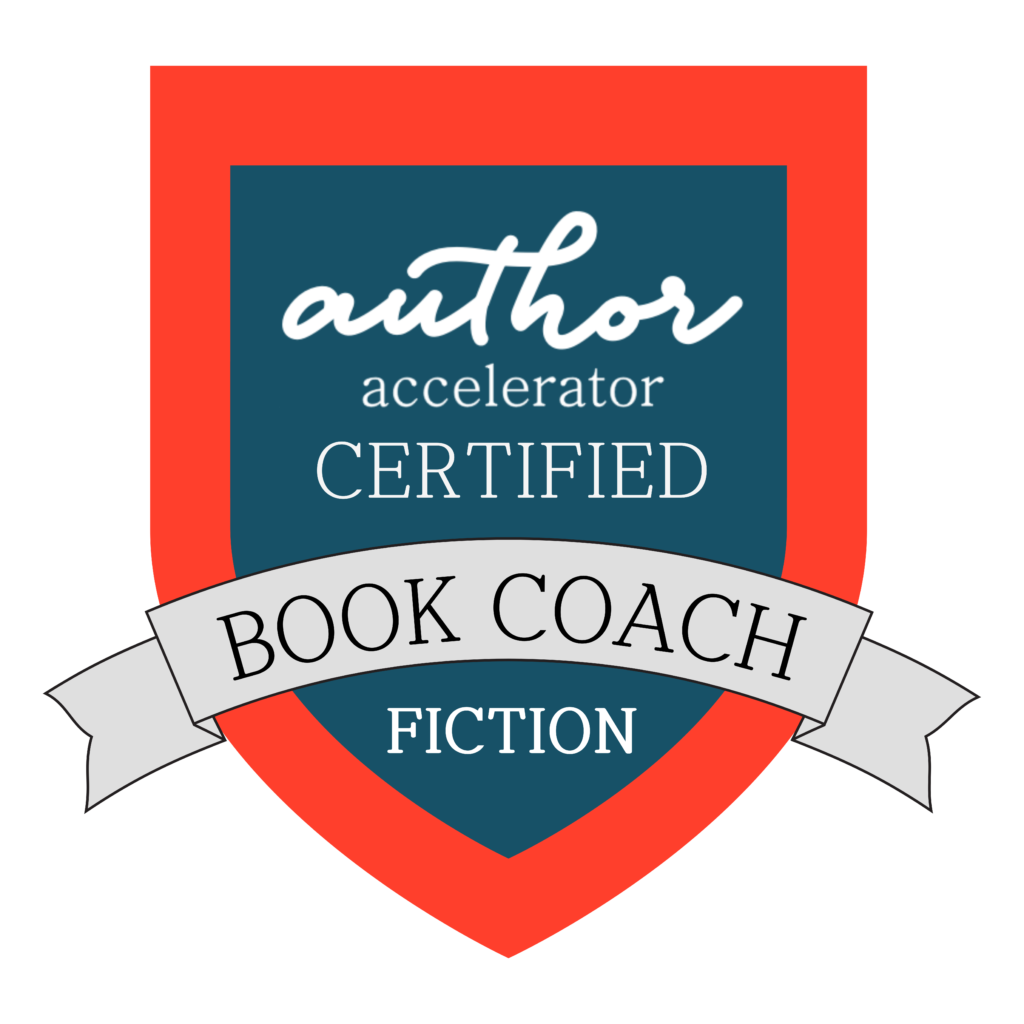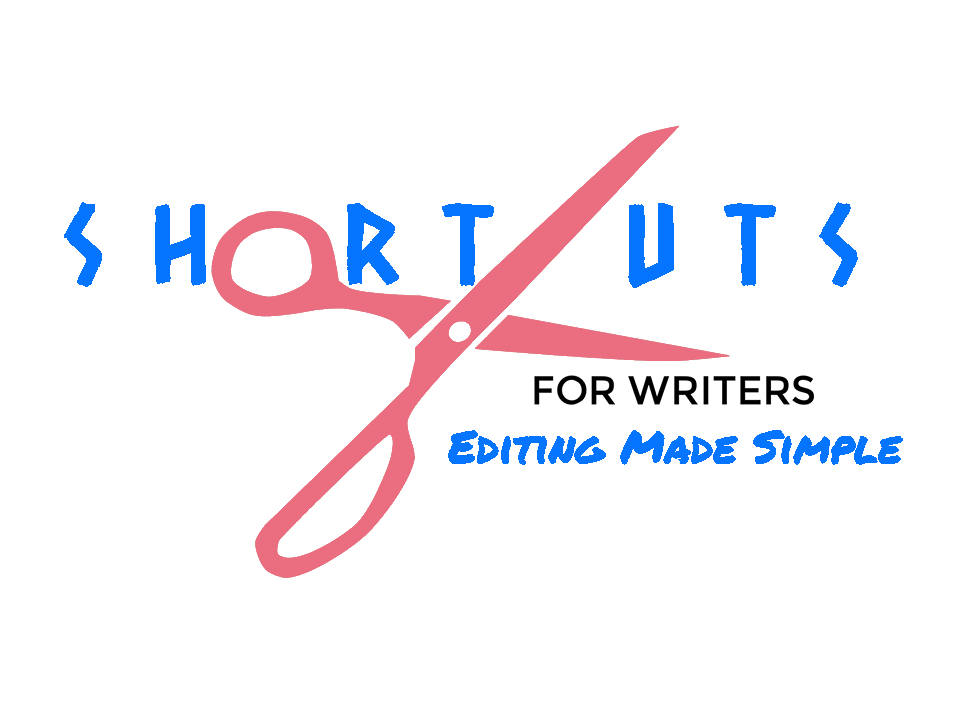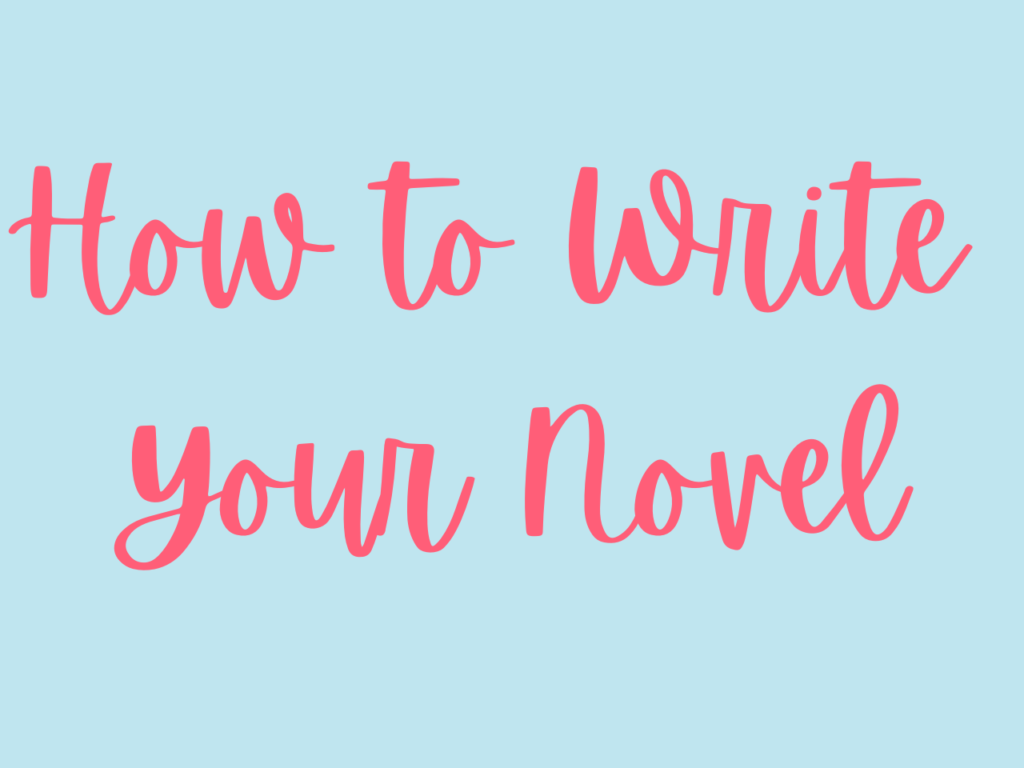If you’re a beginner writer and writing your first novel, it is possible that you’ve come to a point in your story where you’re stuck and you don’t know how to move the plotline forward.
Don’t worry too much about this, it happens to everybody at some stage in their career. In particular, if you’re a discovery writer, this is very much part of the beast.
You may have to backtrack to an earlier chapter, or send your character in a new direction. But although it is annoying, it is not the end of the book. It is just an obstacle you have to overcome. And you can overcome it! I had this very same problem with my first book, The Day She Came Home.
I took my character on a journey into a mental health facility, during which time she lost her memory. Whilst in another story this may have worked very well, for the story I was writing it didn’t cut the mustard. It took my character off on a tangent into the unknown from which I’d never get her back on track. I had to backtrack three or four chapters and start again!
If you find yourself in this position, when your story is stuck and you don’t know how to move it forward, you can do one of 4 things.

1. Take a break and work on something else
This technique is useful for so many things, not just when you’re feeling stuck. Stop working on your current work-in-progress, give it time to marinade, and start on something else. While you’re doing that your subconscious will ironing out the kinks in your WIP.
This may mean working on a short story for a day or two, it may mean writing a whole new novel for a few months.
Either way you are switching your brain off from the problem at hand. In doing so you are allowing your subconscious to have the freedom it needs to come up with the way forward.
Other tools you can try are small practical things like going for a walk, having a dance around the house, reading a book or meeting a friend for coffee.
If you normally work in a café try working at home, and vice versa.
By taking your brain out of yourself and focusing on something else, you’ll be surprised at how easily you find the solution to your problem.
2. Write the ending and work backwards.
This is a hugely helpful technique. Even if you are a discovery writer, most of you will know what your endpoint is. You have an idea of where your character is trying to get towards.
With that in mind write the last chapter. If that hasn’t broken the deadlock, write the chapter before that. If you still don’t know how to move the story forward, keep writing backwards until you come to the point at which you’re stuck.
It is amazing how that change of direction can open up a whole world of new possibilities.
For example, if your character is in a difficult position and you have no idea how to get them out of it, jump ahead to when the character has escaped that situation. Once you’ve written that part of the book, the escape route will make itself known to you.
Or, if you are writing a piece of reflective prose, but you’re not sure how your character would respond to the situation they find themselves in, knowing what comes next might help clarify that in your mind. Or you can take time out to write a detailed character description so you get to know them better.
3. Look at the conflict within your story.
Are the conflicts within your story severe enough? Are the obstacles your character has to overcome challenging enough?
They need to be situations or experiences that push your character to their limits, and in doing so you force your character into behaving in a way they wouldn’t normally.
Perhaps the conflict you’ve given your character isn’t strong enough, it is not forcing them out of their comfort zone and into doing something radical and perhaps even desperate.
Once they are backed into a corner, what options do they have? Are you too kind to your character and keep saving them? Don’t do that. Keep pushing them into situations that are difficult. This means you keep the tensions high and are forced to find an dramatic way of getting out of that particular predicament, which in turn drives the story on.
4. Delete the last two chapters.
This is pretty drastic but can be highly effective. As I mentioned at the beginning of this article, that’s what I had to do in my first book, The Day She Came Home.
For example, you might wish to delete the last two chapters you’ve written and tackle them from a different perspective. Perhaps you even write them from somebody else’s point of view?
The advantage to this is it frees you up to write with a blank canvas, and who knows what will happen after that!
The disadvantage of course is that you have more work to do. But this is worth it if it means your story takes on a new lease of life.
5. Talk to someone.
I never cease to be amazed at how talking to people about anything, not just work, can be enlightening and invigorating.
I’ve never forgotten being bumped and shouted at by a cyclist. It really upset me and I brooded on it all day at work. When I got home I told my housemates. They made lots of jokes about ‘killer cyclists’ taking revenge on all other road users and made me laugh. The came at the situation from a totally different perspective and made me see the funny side. My anger and upset disappeared.
If your story is stuck tell somebody about your story and even about the place where you are stuck. Ask them how they would like to see the story proceed.
Even if they are not a writer, they most likely are a reader, and might come up with something you hadn’t thought about because you’re so close to it. Sometimes we can’t see the wood for the trees!
It’s part of the job
As I mentioned at the beginning of this article, when you are just starting out on your writing journey, getting stuck in a story is a very real part of the job. Even for experienced writers this happens.
If you plot your story you may find this less of an issue, but if you are a discovery writer like me you might find this does continue to happen in your writing life. Don’t let it put you off. The excitement of discovery writing is well worth these temporary blips. It doesn’t mean you’re a bad writer!!!
Signposts
One of the ways I get around this, is by writing signposts chapters. And I encourage you to do the same. These signpost chapters don’t hold you to anything, but they do offer you something to aim for.
Write your beginning chapter, middle and end chapters. Even if you don’t stick to them you’ll know the direction in which you are headed and all you’ve got to do is figure out how to get there.
So remember, if your story is stuck be assured it happens to everybody but there are ways out of it. Use one of these 5 techniques to help you move forward with your story.
If you found this helpful, you’ll love these article too:






